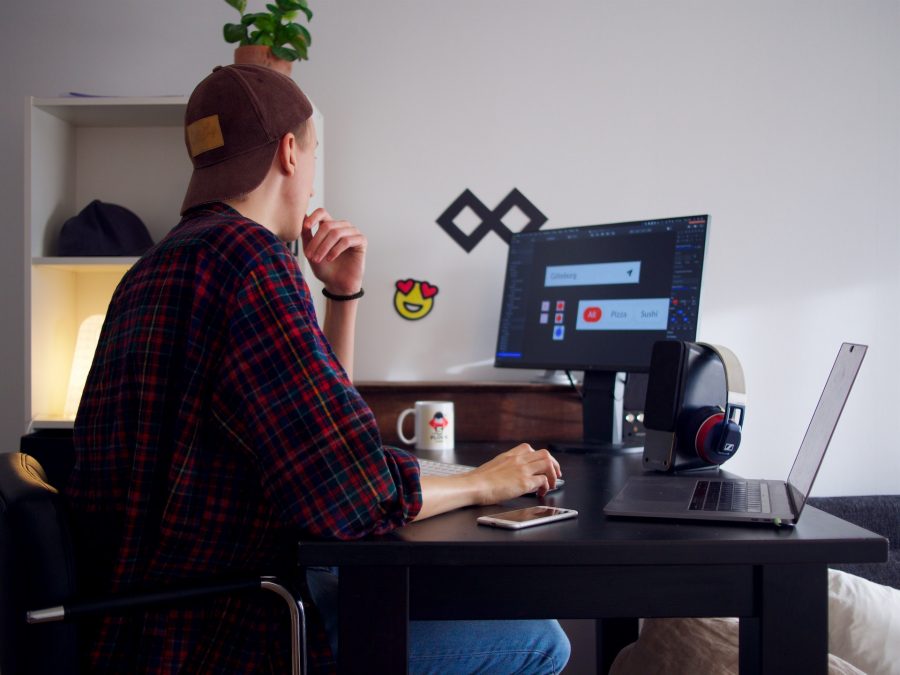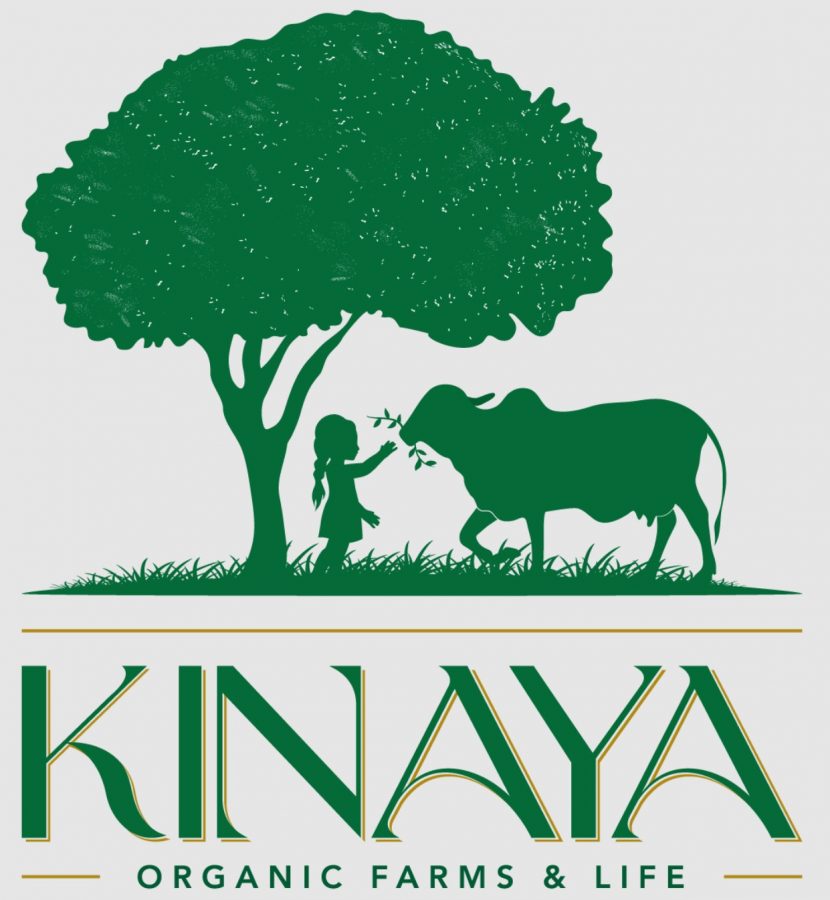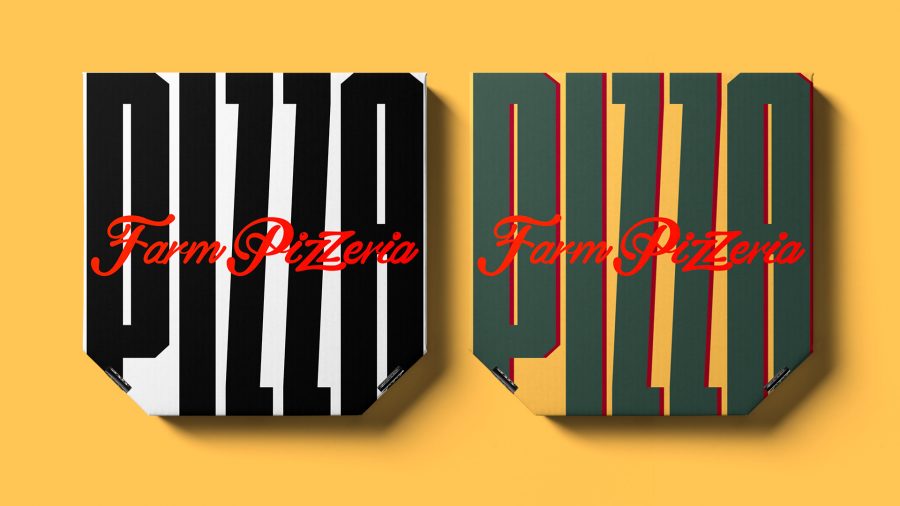What are the Skills Needed for Graphic Designers
Brainstorming any idea is the first step towards idea creation. The main question is how to implement those ideas into practicality. Hence, this is where a designer’s skills play an essential part. The more skilled a designer is, the better he can draw his creative vision.
In this blog, you can learn about all the essential and technical skills that every designer requires to succeed in their field.

1. Essential Skills Needed from a Graphic Designer
Learn how to access your Creative Aptitude
One of the most crucial graphic designing abilities is creativity. After all, it can be challenging to generate original concepts and ground-breaking designs. Having a visual eye is vital no matter what medium you operate in. Developing fresh and original ideas is an ongoing challenge for graphic designers. Hence, they must implement innovation in creativity to produce attention-grabbing designs and convey the appropriate message.
Good Command of Communication
The core of a graphic designer’s job is communication. We often see that designers occasionally explain their creativity, choices, or creative implementations to their clients (who often have no design expertise, so they require proper explanations). Thus, designers need good verbal and written communication abilities to explain their work with appropriate proposals and presentations.
Ability to Pick the Appropriate Font.
Creating a straightforward and aesthetically pleasing written font style is more vital than ever. Almost anyone can access any font online, but a good designer with extensive training knows which typefaces will be more successful and appealing for the project.
Brand Conceptualization
When dealing with a brand, a designer should know how to intellectualize a brand cleverly. They must bring that brand to life using logos, colors, typography, illustrations, photography, visual components, and more.
2. Technical Software Skills Required from a Graphic Designer
Technical skills allow designers to edit and restructure visuals, create original illustrations, blend text, color, and forms, and bring their ideas to life.
The following are the most common technical software skills designers need to design brochures, websites, apps for mobile devices, and social media:
- Command on Adobe Tools: You may create your dreams’ designs, icons, and graphics using Adobe Creative Suite. Tools like Photoshop and Illustrator have cutting-edge capabilities that make it possible to produce outstanding results much more quickly.
- Proficiency in Illustrator to Achieve Precision and Versatility: With the Shape Builder and Pen tools, you may combine, adjust, and draw multiple vector shapes to create original creations. With Illustrator vectors, any hand-drawn and font designs may be scaled to any size for printing, web, social media, and mobile forms. Use tools like Rotate, Lighting, and Shadows to add dimension and texture to your drawings.
- UI/UX Expertise: UX and UI skills can assist Graphic Designers in making aesthetically pleasing and valuable designs. Graphic designers occasionally cooperate with UX and UI designers, but it is an edge point for them if they grasp the fundamentals of UI/UX to create a successful collaboration.
3. Soft Skills that Every Graphic Designer must Have
While technical expertise is required for graphic designers to perform their duties, communicating effectively in the workplace is equally crucial. Through your soft skills, you’ll be better able to adapt to new circumstances and work well with others.
Let’s look at some of the essential soft skills required down below:
Flexible toward new Concept Ideation
Ideation is also referred to as idea creation. It is the innovative process of developing, refining, and sharing new ideas. It is the initial thing a Graphic Designer should do when starting a new project. Ideation entails several steps: investigation, development, evaluation, and implementation.
Graphic designers must hold the skill of being flexible towards various methods for generating ideas. Thumbnails and mood boards are two of these examples. A collection of images is a mood board often used to communicate a project’s tone or direction and explore new ideas. Thumbnails are short, unpolished sketches that represent roughly how a design will be laid up, including essential components like photos, headlines, and copy.
Learn How to Create a Story
It is a constant struggle for graphic designers to come up with new eye-catching designs all the time. Graphic designers need to carefully consider how various design components work together and how to convey the intended meaning while adhering to design standards. You must conduct market research, brainstorm, produce concepts, create thumbnail designs, and assess them to achieve this.
Ability to Cover Clients’ Needs
Apart from the high command of tools, Problem-solving abilities are used by graphic designers at all stages of the creative process. It could entail solving design problems or changing designs to satisfy client requirements.
Time Management
The capacity to manage many projects or project parts simultaneously is necessary for graphic artists. Because of their strong time management skills, they can handle all their tasks and clients without dropping any of them.
Hard-technical and Soft skills are typically acquired through practice and experience. Even the most minor design elements can occasionally excite the viewers.
Client Examples
1. Kinaya Organic Farms and Life

Logo Designing for Dairy Client: Logo design is far more detailed than just establishing a company sign. It is about shaping a vision into a visual form. Hence, for designing a Logo for Kinaya Organic Farms, we used natural fonts, green and natural color palettes, and gentle imagery to convey mother nature’s compassion and soothing goodness to customers.

Package Designing: We created a concept of Farm Pizzeria for the for designing packaging of Pizza Café. We produced a label that captures the real essence of its brand. As a result, we chose eye-catching photos, graphics, and typefaces to produce great packaging for the brand.
4. Role of a Graphic Agency
A Designing Agency will always make top-level designs using the latest picture editing tools, layout software, and advanced digital illustrations. It will choose the right tones, pictures, and best typefaces to represent a brand identity and message. The art directors always strategize the design layout first and then apply revisions to designs in response to comments and suggestions from stakeholders.
Work with Vowels:
Several options are available when developing your marketing materials, ranging from the traditional A4 to various intriguing and compelling digital forms. With Vowels Expert, you can always stay assured that your graphic designs will turn out best. Our graphic design services will cover all your creative needs just as you want.
Our talented designers will work with you to produce eye-catching visuals that will draw in your target market. We promise to provide high-quality designs by using our cutting-edge tools and methods that will set your brand apart from the competition. Contact us immediately, and prepare to shift your creative department to another level.
5. FAQs
What is a Graphic Design Firm?
Graphic design firms generate visual communication items for their clients, which include logos, marketing materials, and advertising. Through various design, advertising, branding, and marketing projects, they collaborate with their clients to define company objectives, develop strategies, and put those strategies into creative visuals.
What are the benefits of using graphic design software?
The design software helps you professionally get a kickstart for any creative concept. Any excellent graphic design program will include functionality for customization in addition to predefined designs. Users can design their templates and create their own designs.
What are the main 8 types of graphic design used by any brand?
These are the main 8 types of graphic design used by any brand or business –
- User Interface and Interactive Design.
- Design for marketing and advertising.
- Animation and motion graphics.
- Design of the packaging.
- Video game design.
- Illustration
- Typographic design for publications.
- Designing Website and Apps
What are the 12 principles of graphic design?
The twelve fundamental design principles are here –
- Contrast
- Poise
- Emphasis
- Proportion
- Grading
- Reappearance
- Tempo
- Pattern
- White space
- Movement
- Variety
- Unity.
These concepts help teams build amazing and appealing projects that are functional and creative.






